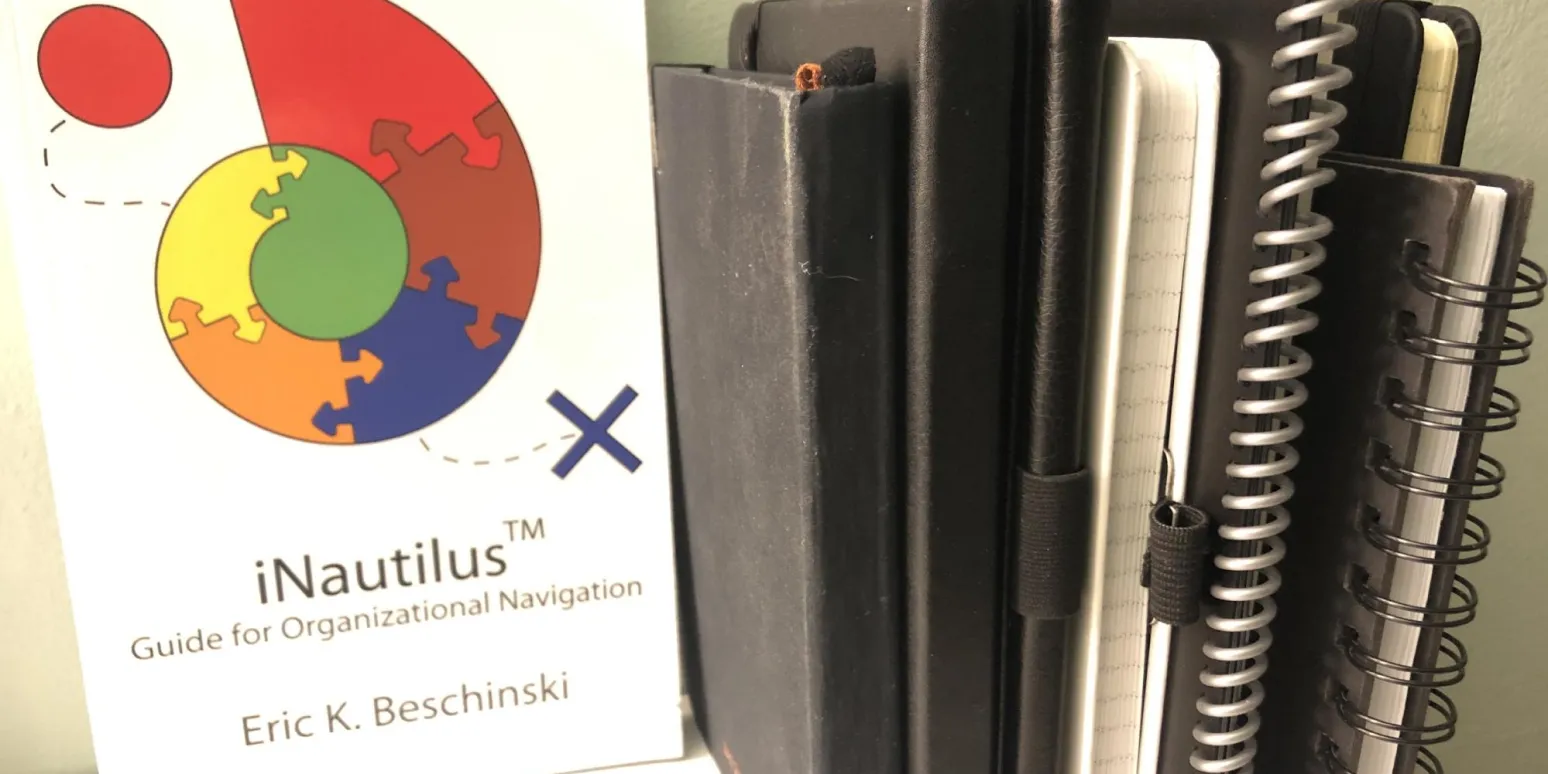Journaling has become an essential part of my daily routine, and it has transformed my mindset and productivity. Initially, I was hesitant to start journaling, but once I overcame my doubts, I found it to be a profound tool for self-reflection and personal growth. In this article, I will share my journey to finally embrace journaling and how it has positively impacted my life.
Understanding the Benefits of Journaling
Before diving into my experience, I researched the myriad benefits of journaling. This practice not only enhances emotional intelligence but also boosts creativity and organizational skills. Here are some key benefits:
| Benefit | Description |
|---|---|
| Emotional Clarity | Journaling helps to organize thoughts and feelings, leading to greater emotional understanding. |
| Stress Reduction | Writing about stressors can help to alleviate anxiety and promote relaxation. |
| Goal Setting | Journals can serve as a platform for setting and tracking personal or professional goals. |
| Enhanced Creativity | Regular writing stimulates creative thinking and problem-solving skills. |
Overcoming My Hesitations
Despite knowing the benefits, I faced several barriers that prevented me from starting my journaling journey. I often doubted my writing abilities and thought I wouldn’t have anything worthwhile to say. Additionally, I was concerned about maintaining consistency. However, I realized that journaling doesn’t require perfection; it’s a personal reflection and a space to express myself freely.
Choosing the Right Journal
One of the pivotal moments in my journaling journey was selecting the right journal. I explored various options, from traditional notebooks to digital journaling apps. Here’s a comparison of my choices:
| Type of Journal | Pros | Cons |
|---|---|---|
| Notebook | Tactile experience, no distractions | Can be less organized, harder to search |
| Digital App | Easy to organize, search features | Potential distractions from notifications |
Ultimately, I settled on a beautiful hardcover notebook that felt inviting. The tactile sensation of writing on paper enhanced my experience, making it feel more personal and intimate.
Establishing a Routine
To make journaling a habit, I needed to establish a routine. I decided to dedicate the first 10 minutes of my day to journaling. This time slot worked well for me because my mind was fresh and uncluttered. Here’s how I structured my journaling sessions:
| Time | Activity |
|---|---|
| 5 Minutes | Free Writing: Letting thoughts flow without judgment |
| 3 Minutes | Gratitude List: Writing down three things I’m grateful for |
| 2 Minutes | Goal Reflection: Reviewing my goals and progress |
This structure provided a balanced approach, allowing me to express my thoughts, appreciate the positives in my life, and stay focused on my goals.
Finding Inspiration
At times, I struggled with writer’s block. To combat this, I sought inspiration from various sources, including books, podcasts, and online communities. Many journaling prompts helped me explore different topics and reflect on my experiences deeply. Here are some of my favorite prompts:
- What made me smile today?
- What challenges did I face and how did I overcome them?
- What do I want to achieve this week?
Using these prompts kept my journaling sessions engaging and thought-provoking, allowing me to delve into different aspects of my life.
Reflecting on My Progress
As I continued journaling, I began to notice significant changes in my mindset and overall well-being. I felt more grounded and aware of my emotions, which led to improved decision-making. Reflecting on my entries enabled me to track my growth over time, reinforcing my commitment to the practice.
In conclusion, my journey into journaling was transformative. By overcoming my initial hesitations, choosing the right journal, establishing a routine, and finding inspiration, I was able to make journaling an integral part of my daily life. If you’re considering starting a journaling practice, I encourage you to take that first step. The benefits you’ll reap are well worth the effort.





